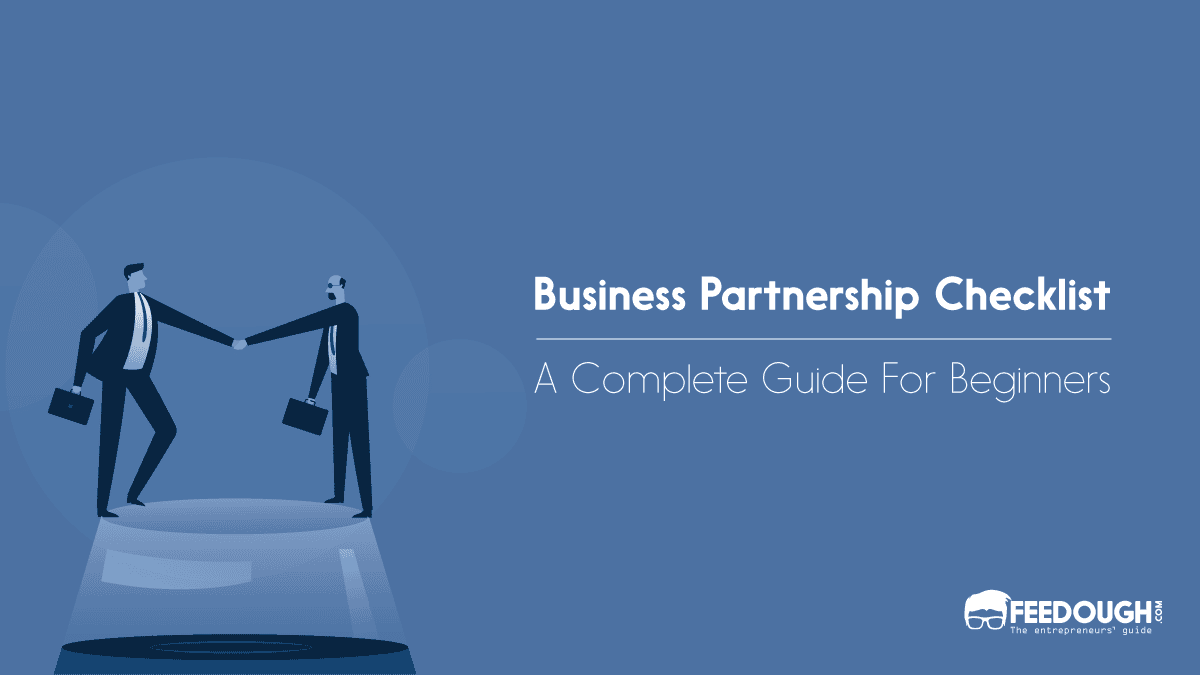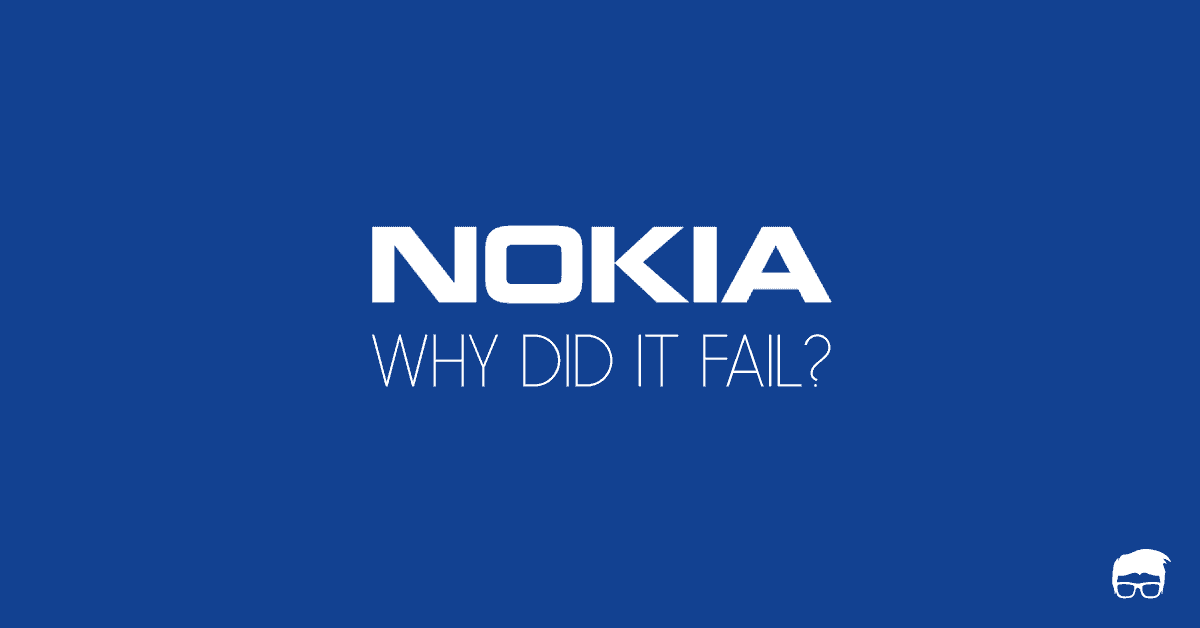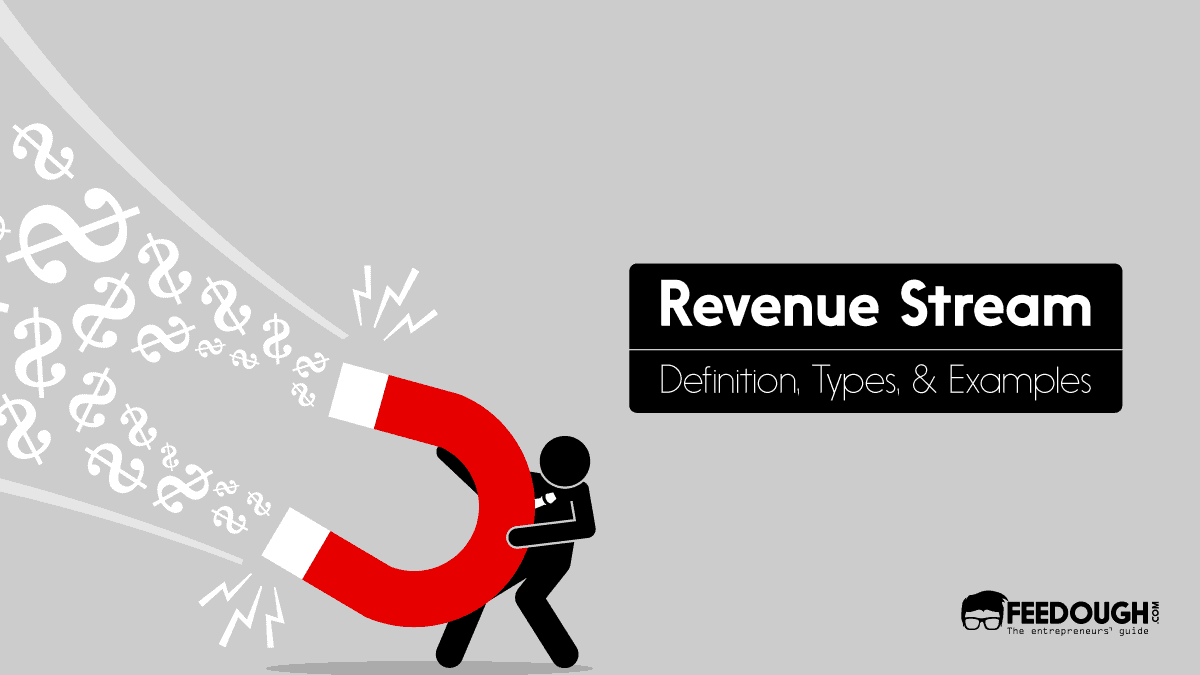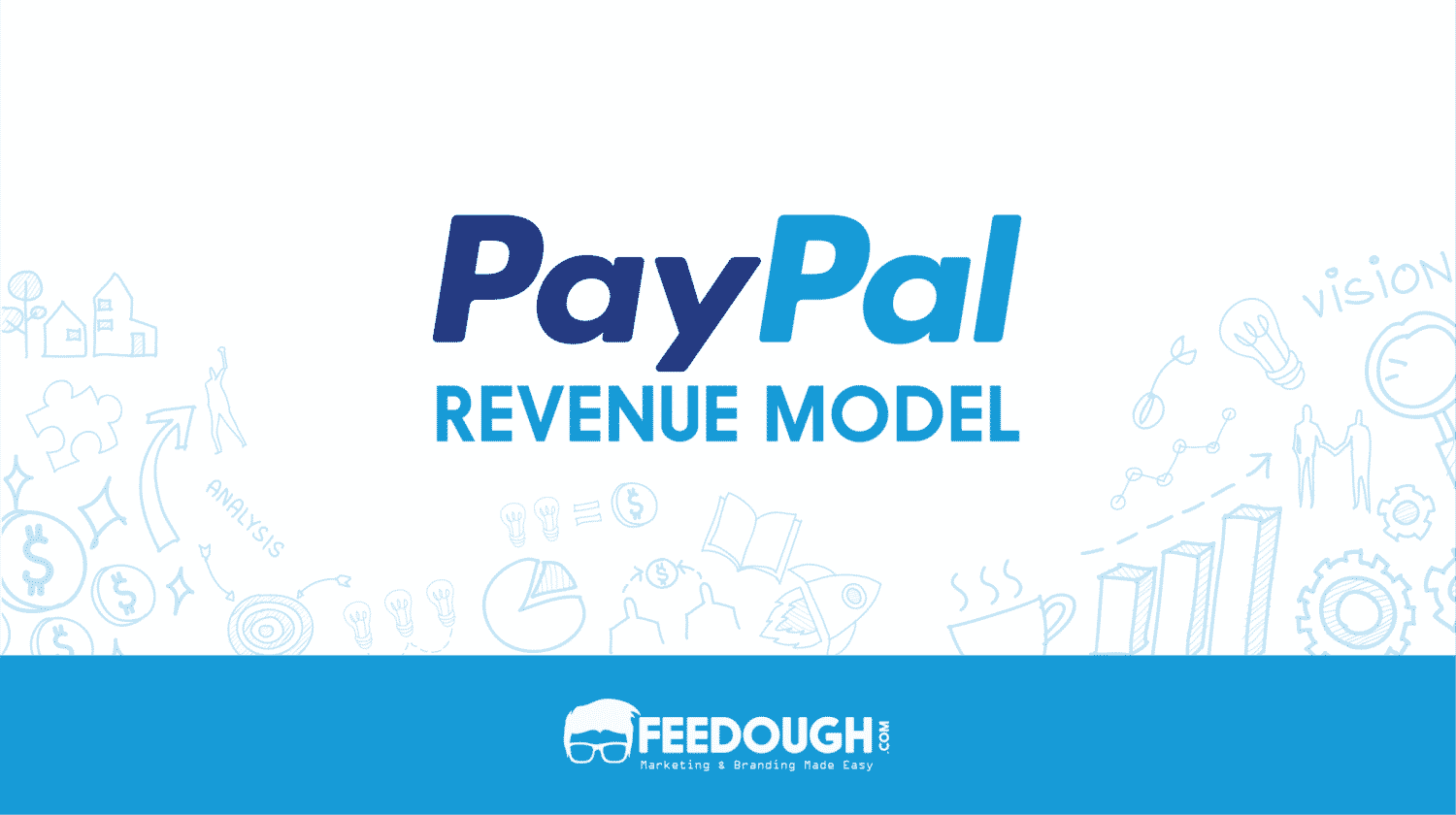In the early 1980s, a revolution began when IBM selected two relatively unknown companies—Intel and Microsoft—to power its first personal computer. Over time, this business partnership grew into a seamless dance: Microsoft crafted user-friendly software like Windows 95, while Intel answered with powerful chips like the Pentium series. Together, they brought PCs to all our households.
It was probably one of the most successful business partnership examples you’ll ever witness.
But there are also failed ones that you might not know or remember. Apple and PayPal.
PayPal was in talks to integrate with Apple Pay but secretly partnered with Samsung (Apple’s rival) during negotiations. This made Apple furious, and it had to abandon the deal, opting to develop its payment infrastructure independently.
So, how do you ensure your partnership ends up like Microsoft and Intel and not Apple and Paypal? Here are six things you should do before entering a business partnership.
Vet Your Partner’s Compatibility
Business partnership is just like marriage. You’ll be spending a significant amount of time together, making big decisions and sharing profits. And not just this, the partners reputation and brand will now directly affect your business. It is, therefore, critical to vet your potential partner’s compatibility before entering into a partnership.
- First – focus on the goal. What does the partner add to your business that you can’t do alone? What value does he bring? Also, assess your partner’s weaknesses. What could go wrong with this?
- Check references, credit history, and professional reputation. You can even perform a KYB or get a know your business service for your prospective partner. It will reveal important details like bankruptcy and legal history.
- Conduct a credit check to know how reliable they are with money.
- Discuss vision (e.g., legacy vs. quick exit) and lifestyle expectations (e.g., work hours). You need to make sure that your partners fit in like puzzle pieces.
Avoid partnerships based solely on personal relationships or favors. Business partnerships should be based on mutual benefit and a shared vision for success.
Draft a Detailed Partnership Agreement
A partnership agreement is a legal document that outlines the terms and conditions of your business partnership. It’s just like business prenup that prevents disputes by clarifying –
- Roles and titles: It defines each partner’s role, authority, and responsibilities in the business. For example, who will handle the finances of the business, and who will manage marketing? And HR?
- Financial terms: It involves capital contributions (how much each partner is investing), profit and loss sharing (how much each partner receives from the business), and how to handle any financial disputes (in case the business fails or a partner becomes uncooperative).
- Decision-making process: It outlines how decisions will be made and who has the final say in case of disagreements (whether there will be a mediation or voting process).
- Exit strategy: It covers how to dissolve the partnership if needed, including procedures for selling or transferring ownership.
A partnership without such an agreement is more likely to fail than one with one. In fact, approximately 70% of business partnerships fail over time when operating without a formal agreement. And out of these, over 60-65% fail due to issues like unclear roles, profit-sharing disputes, and decision-making ambiguities—common pitfalls in agreements
Align on Financial Expectations
Money is the biggest reason a business partnership can sink. Some examples are –
- Misused funds: One partner is using business money for personal expenses – a red flag when it comes to trust.
- Hidden debts: A partner may have personal debt that the other partner is unaware of. And if this debt becomes due, it affects the business.
- Unequal contributions: One partner contributes in money while other contributes in ‘sweat’ equity (time, effort, ideas). And if there’s a disagreement on profit-sharing or decision-making process, it can cause conflicts.
- Wealth inequality: If one partner is wealthier than the other, conflict can arise on how much they should invest in the partnership.
Discussing financial expectations and contributions before entering into a partnership is crucial. Consider creating a budget and deciding how much each partner will contribute financially to the business. It’s also important to establish clear guidelines for handling expenses and profits.
To do the same, you can take cues from the partnership agreement you drafted. It should include clauses on financial expectations and contributions.
Define Roles and Decision-Making Processes
A business doesn’t run by just handling operations and finance. There’s marketing, sales, and customer service too. And a partnership agreement won’t cover all these aspects in detail. So, sit down with your partners and define individual roles and responsibilities for each partner.
- Identify strengths: Identify what each partner is good at, and list responsibilities based on their skill set.
- Set expectations: Clearly set expectations about work hours, availability and response times, communication channels, etc.
- Decision-making process: Establish how decisions will be made – through voting or consensus? How many votes are needed to approve or veto a decision?
While having clearly defined roles and decision-making processes can look like just another item on a to-do list, it’s critical in avoiding conflicts that can break the partnership.
Select the Optimal Business Structure
A partnership isn’t always an LLP or LLC. It can be general, limited, or joint ventures. Before entering a partnership, it’s important to define the business structure.
- General Partnership: Here, you and your partner would share equal responsibilities and profit/loss. You could also have different levels of ownership (e.g., 50-50 or 60-40).
- Limited Partnership: Here, one partner can invest capital while the other works on operations. For example, Partner A can join in with capital while Partner B handles the day-to-day operations.
- Joint Venture: A joint venture is a partnership formed for a specific project or period of time rather than an ongoing business. This structure works well if you and your partner are collaborating on a particular product or service. Sony and Ericsson’s mobile phone partnership is a good example of a joint venture.
Choose the business structure that best fits your goals, expectations, and resources. Discuss it with your potential partner and reach a mutual agreement. And make sure to consult with a lawyer or financial advisor to understand the legal implications of each structure for your specific business.
Formalise a Conflict Resolution Protocol
What if, in two years, one of your partners becomes unresponsive or non-performing? Or if there’s a disagreement between two partners that can’t be resolved through discussion? That’s why it’s important to have a conflict resolution protocol in place. Some options are –
- Mediation: A third-party mediator could help resolve disputes.
- Buy-Sell Agreement: This agreement allows one partner to buy the other partner’s interest in the business, solving conflicts related to profit-sharing and decision-making.
- Arbitration: It involves appointing an arbitrator who reviews both sides of a dispute and makes a binding decision.
- Vesting Schedule: It allows the gradual transfer of a partner’s equity over time, safeguarding against sudden exit and preventing disputes.
A conflict resolution protocol is essential in your partnership agreement to protect the interests of all partners and ensure a fair resolution in case of conflicts. It’s also beneficial to have regular check-ins with your partners to address any potential issues before they turn into major disputes.
A startup consultant, digital marketer, traveller, and philomath. Aashish has worked with over 20 startups and successfully helped them ideate, raise money, and succeed. When not working, he can be found hiking, camping, and stargazing.









